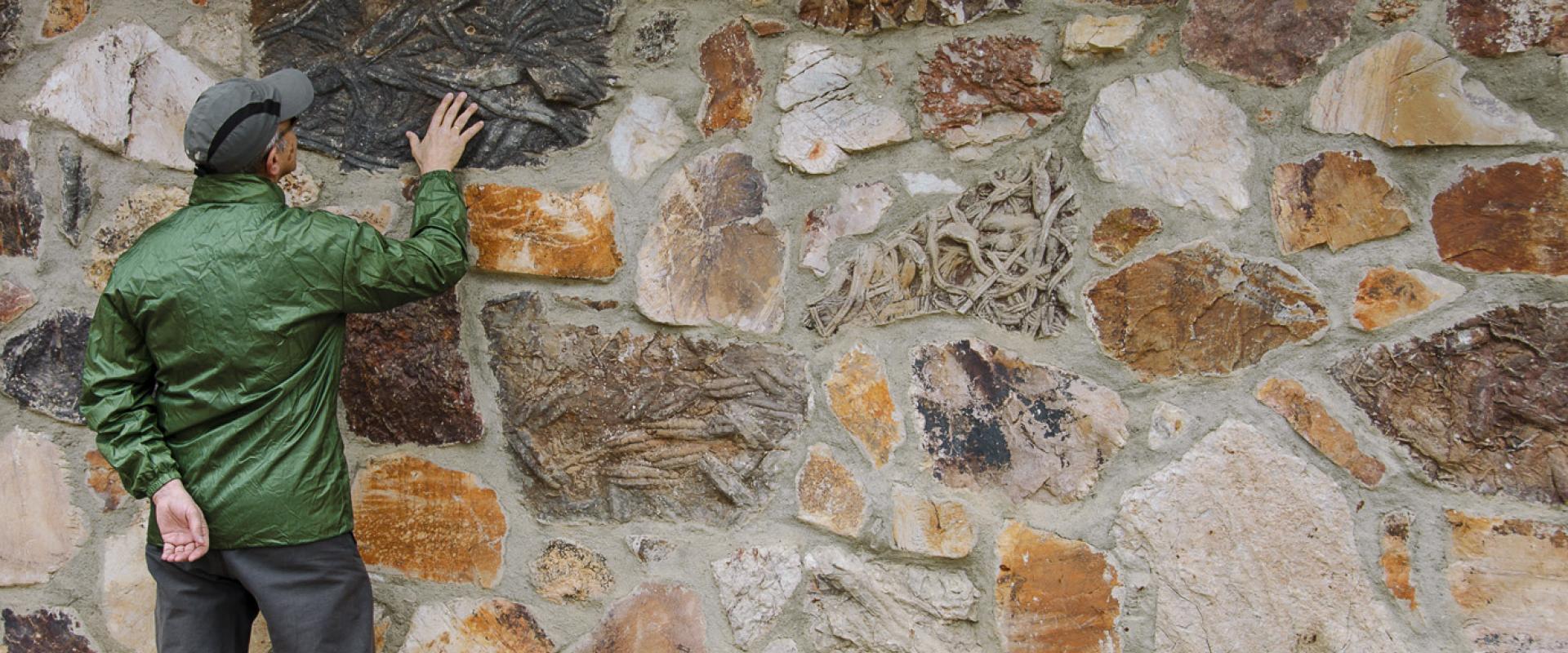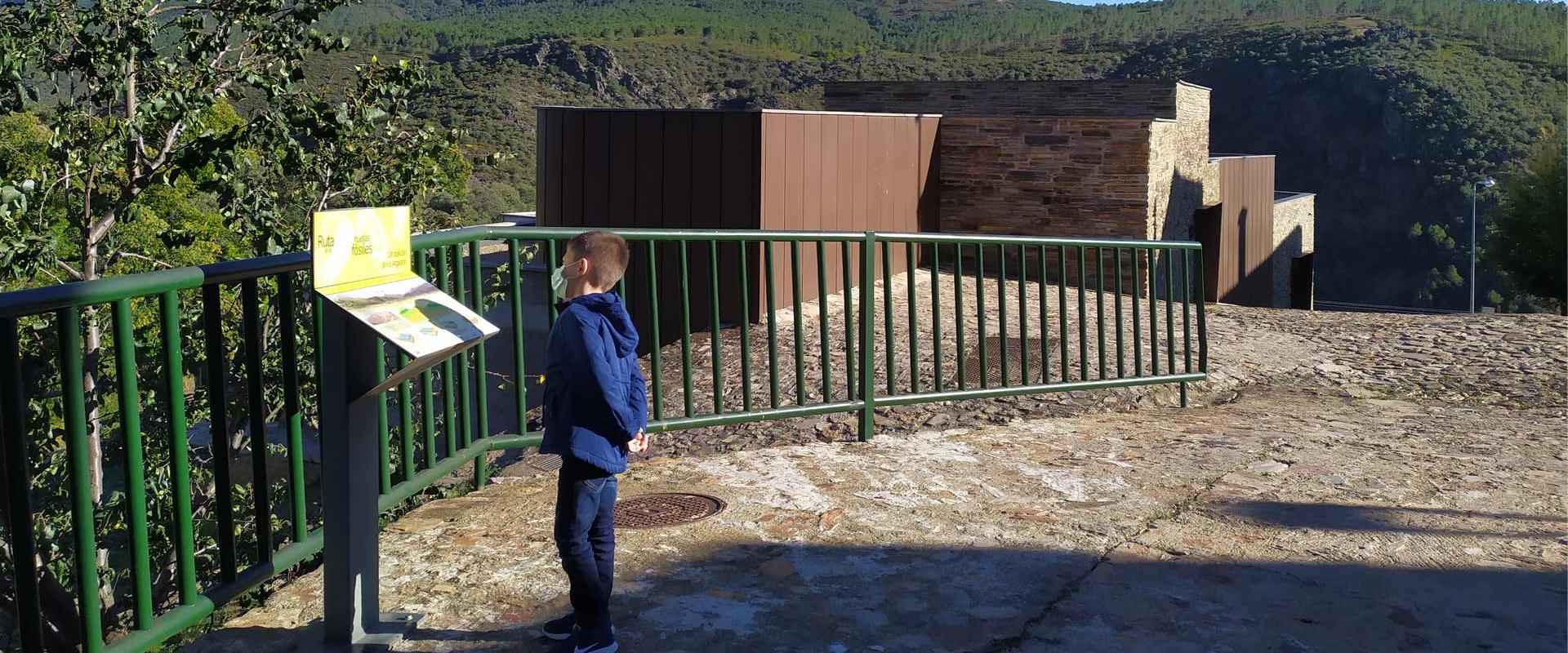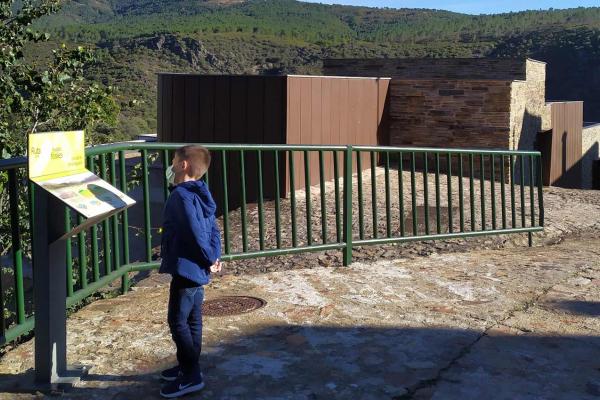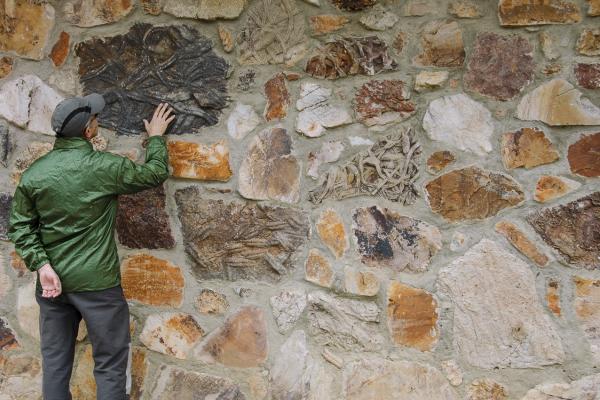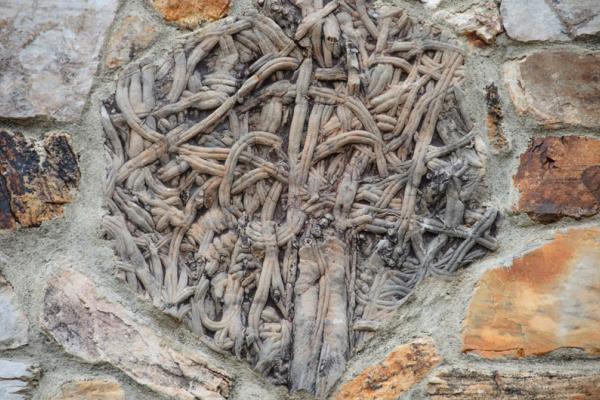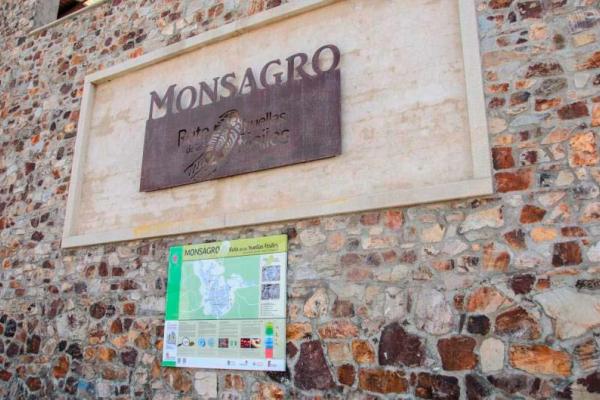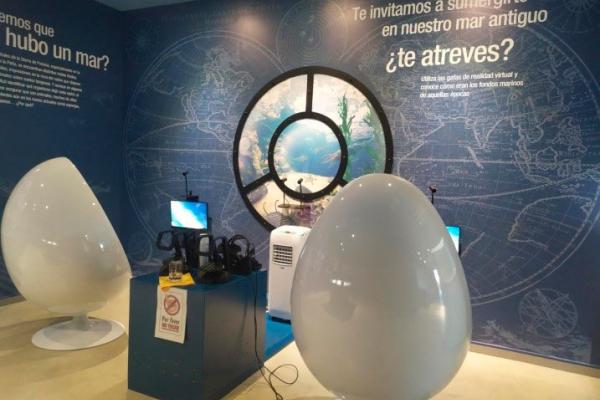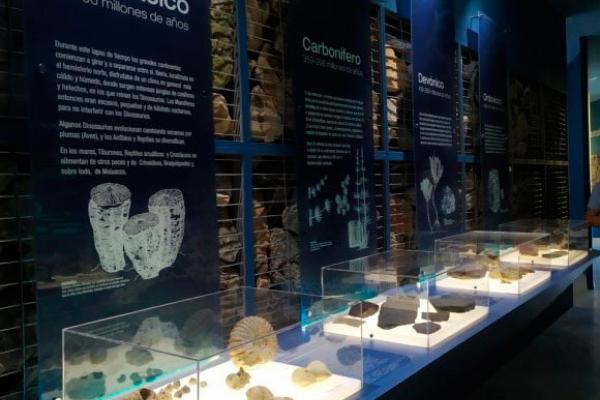The fossil traces route of Monsagro
Monsagro is on the river Agadon banks, in Las Batuecas-Sierra de Francia Natural Park; it is also part of the Biosphere Reserve of the Sierra de Bejar and Sierra de Francia and it is the place at the bottom of the mountain where Peña de Francia church is situated,
The village of Monsagro has a hidden treasure for the visitors to enjoy; the fossil traces route. This is a new itinerary which discovers and explains the vestiges of life 450 million years ago; these traces can be seen in the houses, streets and fountains of this village.
At that time, a frozen ocean covered a great part of the Iberian Peninsula, which was located near the South Pole. In that shallow ocean an array of living organisms used to live, such as the trilobites, which are already extinguished, and some worms and other species whose traces remained on the sandy depths of the oceans, called quartzite (metamorphic rock)
Thus, it is possible to view Cruzianas which may reveal the movement traces of the trilobites, or we can also see Rusophycus, which represent a resting trace. The Skolithos or vertical cylinders were presumably made by marine worm-like organisms and were used as their homes. And the Daedalus was a cone-shaped microorganism.
Apart from this walk through the old oceans, Monsagro offers other interesting proposals, such as the ethnographic museum about traditional culture and hunting, the old threshing floors built over some walls, the nice Yunta bridge, or you can even have a swim in the Mozos pool. You should go up to the Peña de Francia Mountain, visit the church of the Black Virgin, and go the magnificent 1.723 meters high lookout.
